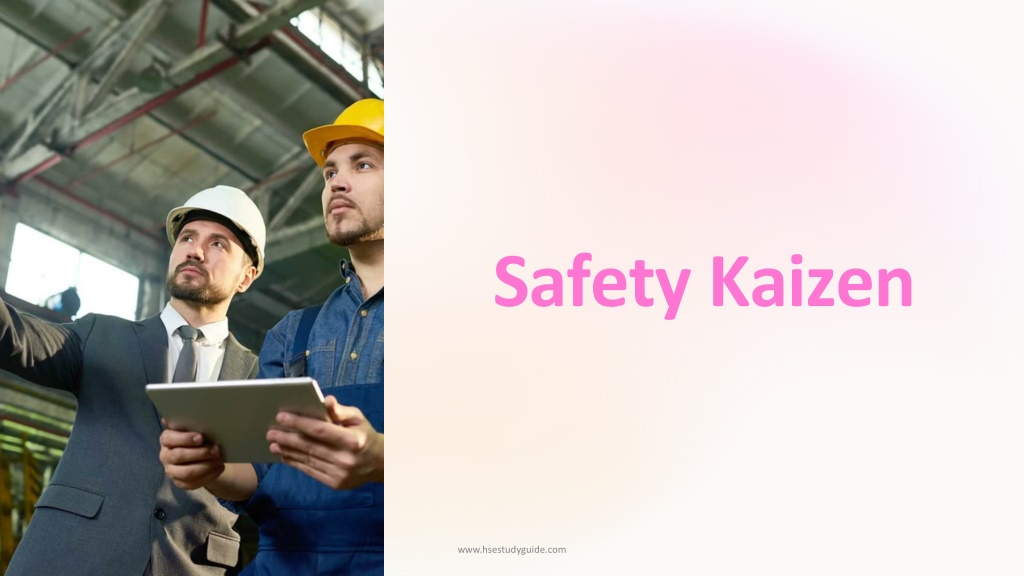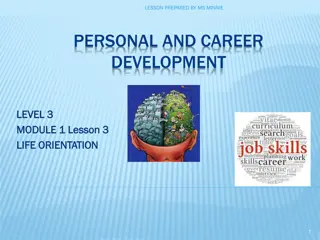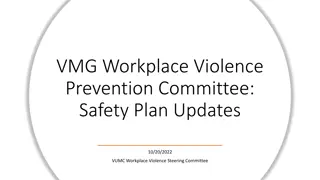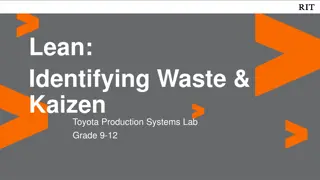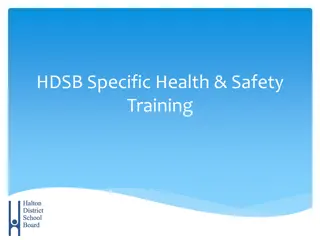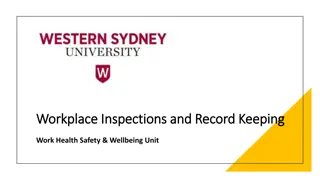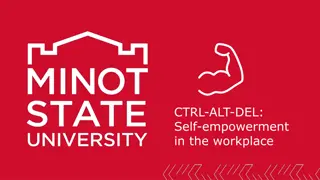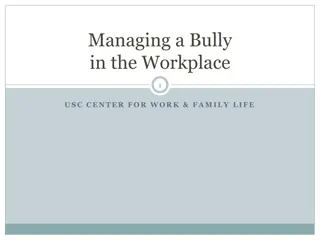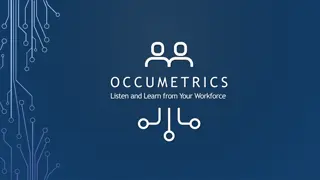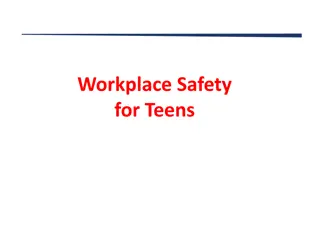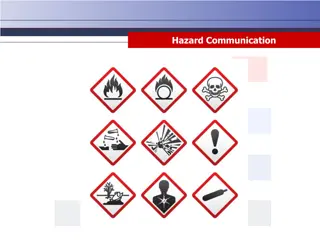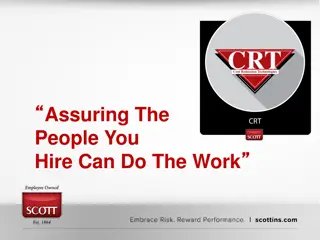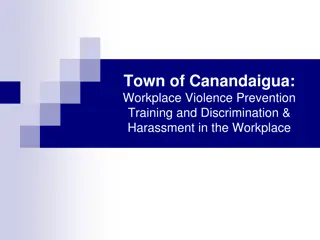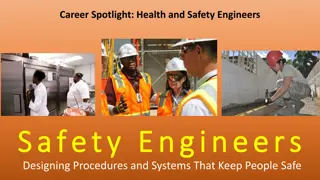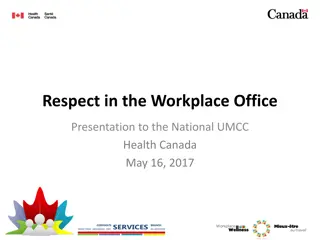Enhancing Workplace Safety Through Safety Kaizen Methodology
Safety Kaizen is a continuous improvement approach focused on identifying and addressing safety hazards to create a safer work environment. It involves steps such as problem identification, root cause analysis, brainstorming solutions, implementing improvements, monitoring progress, and involving employees in the process. A sample example illustrates how Safety Kaizen can effectively improve workplace safety by addressing slip and fall hazards. Continuous evaluation, employee engagement, leadership support, and a commitment to ongoing improvement are key elements of Safety Kaizen.
Download Presentation

Please find below an Image/Link to download the presentation.
The content on the website is provided AS IS for your information and personal use only. It may not be sold, licensed, or shared on other websites without obtaining consent from the author. Download presentation by click this link. If you encounter any issues during the download, it is possible that the publisher has removed the file from their server.
E N D
Presentation Transcript
Safety Kaizen www.hsestudyguide.com
Safety Kaizen Safety Kaizen is a continuous improvement methodology aimed at enhancing safety in the workplace. Derived from the Japanese term "Kaizen," which means continuous improvement, Safety Kaizen focuses specifically on identifying and addressing safety hazards, risks, and inefficiencies to create a safer work environment. Here's a detailed breakdown of Safety Kaizen: 1. Identifying Safety Issues: 2. Analysis and Root Cause Identification: 3. Brainstorming Solutions: 4. Implementing Safety Improvements: 5. Monitoring and Evaluation: 6. Continuous Improvement: 7. Employee Involvement and Engagement: 8. Training and Education: 9. Leadership Support: 10.Documentation and Communication: www.hsestudyguide.com
Sample Example of Safety Kaizen: Problem Identification: At a manufacturing plant, workers frequently encounter slip and fall hazards due to spills on the production floor. Despite existing safety protocols, incidents continue to occur, posing a risk to employee safety and productivity. Analysis and Root Cause Identification: Upon investigation, it's discovered that the root causes of the spills are leaking machinery and inadequate cleaning procedures. Additionally, employees report difficulty in accessing spill cleanup materials quickly when accidents happen. Brainstorming Solutions:A cross-functional team, including production workers, maintenance staff, and safety officers, convenes to brainstorm solutions. Ideas include implementing regular equipment maintenance schedules to prevent leaks, improving spill response protocols, and strategically placing spill kits throughout the production area for easy access. Implementing Safety Improvements: The team decides to implement the following solutions: 1. Schedule regular maintenance checks for machinery to identify and repair leaks promptly. 2. Revise spill response protocols to include clear instructions and designated cleanup responsibilities for all employees. 3. Install additional spill kit stations at key locations throughout the production floor. www.hsestudyguide.com
Sample Example of Safety Kaizen: Monitoring and Evaluation:After implementing the safety improvements, the team monitors spill incidents and conducts regular safety audits to evaluate the effectiveness of the changes. Incident reports show a significant reduction in slip and fall accidents, indicating that the implemented solutions are making a positive impact on safety. Continuous Improvement: The team continues to meet regularly to review safety performance, gather feedback from employees, and identify further opportunities for improvement. Suggestions for ongoing enhancements include additional training on spill response procedures and exploring innovative technologies to detect and prevent leaks. Employee Involvement and Engagement: Employees are actively involved in the safety improvement process, providing valuable insights and feedback on the implemented changes. Their participation fosters a sense of ownership and accountability for safety, leading to increased vigilance and compliance with safety protocols. Leadership Support: Plant management demonstrates strong support for safety initiatives by allocating resources, providing training opportunities, and actively participating in safety improvement efforts. Their leadership sets a positive example for all employees, reinforcing the importance of safety as a top priority. www.hsestudyguide.com
Sample Example of Safety Kaizen: Documentation and Communication: The safety improvement process is well- documented, with records maintained of identified hazards, proposed solutions, implemented changes, and training sessions. Regular communication channels, such as safety meetings, bulletin boards, and email updates, are utilized to keep employees informed about safety initiatives, progress updates, and upcoming training opportunities. www.hsestudyguide.com
